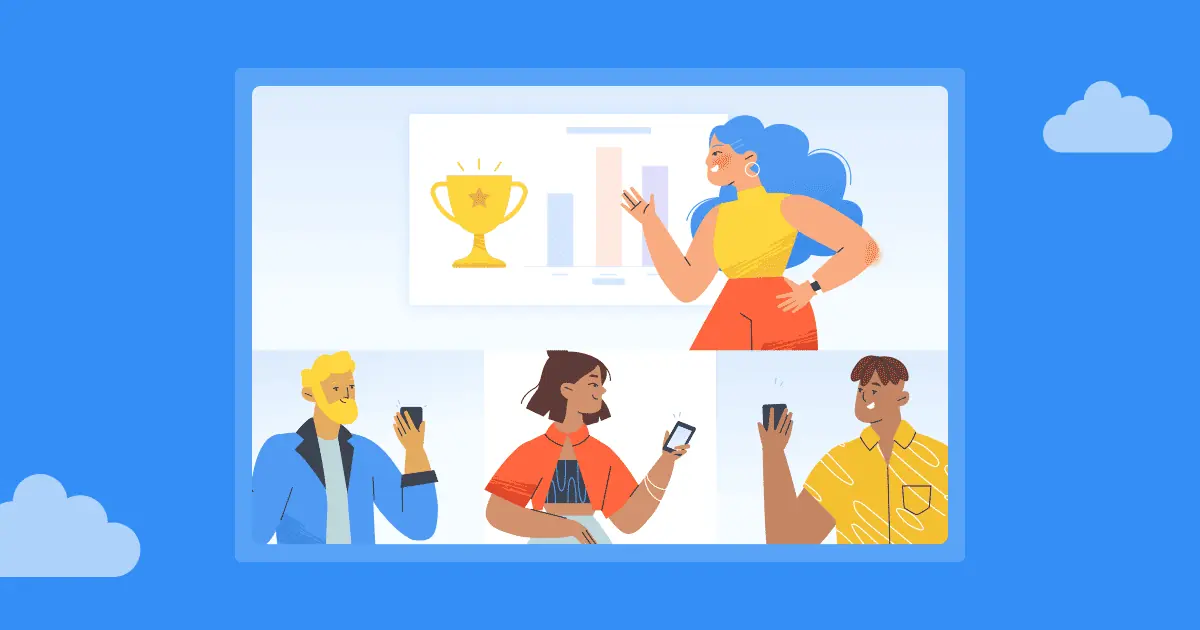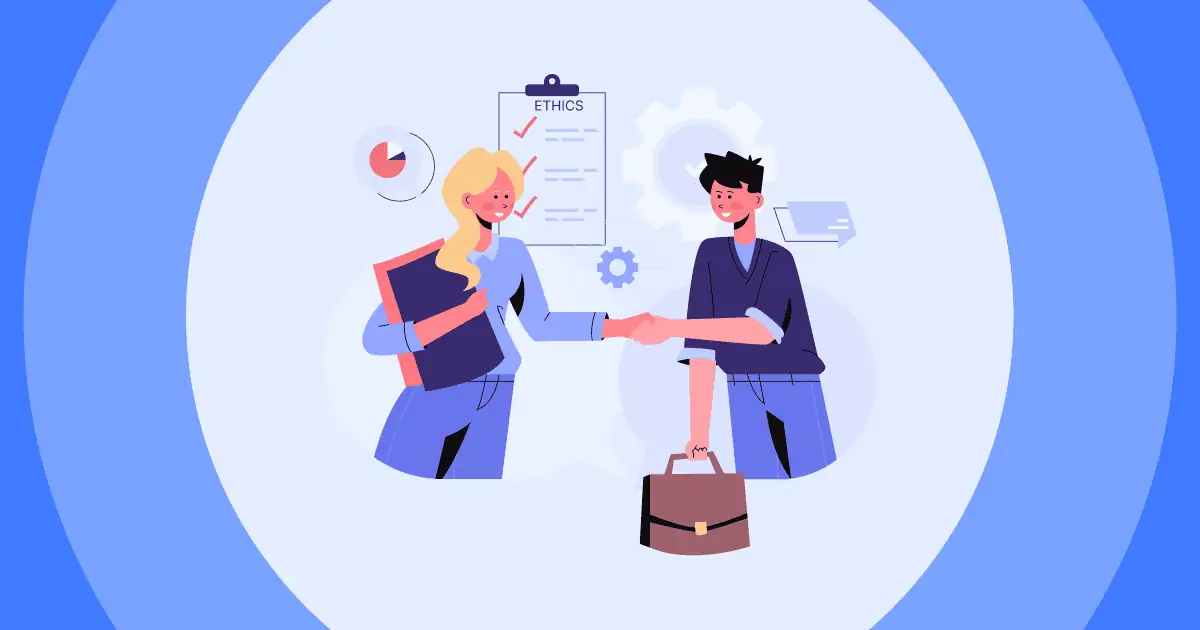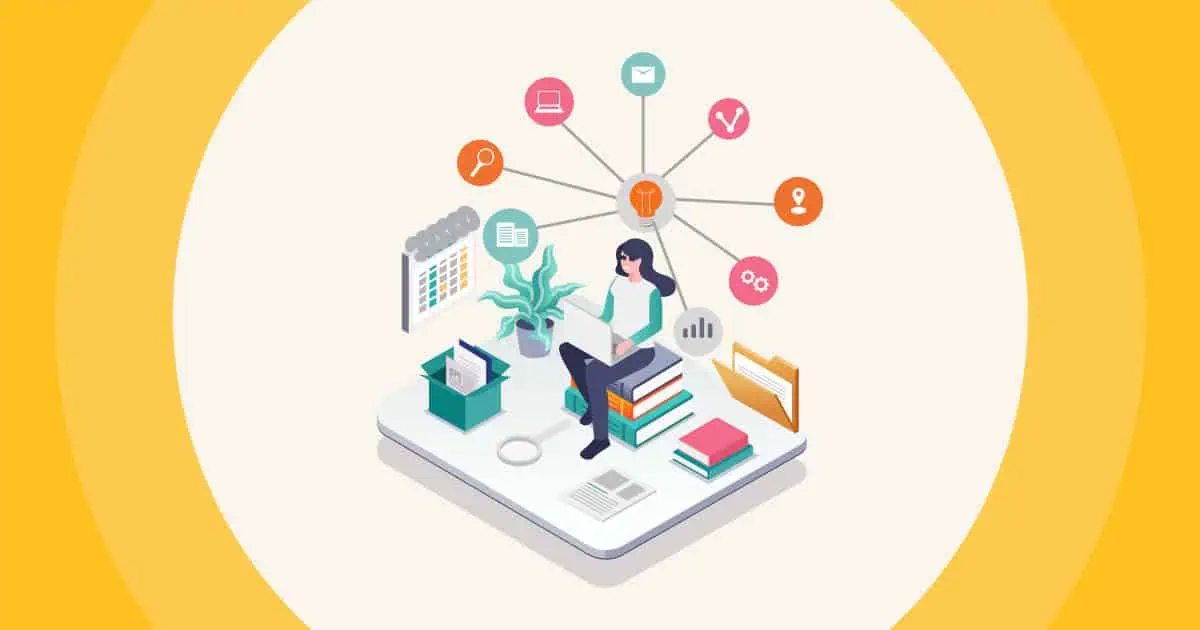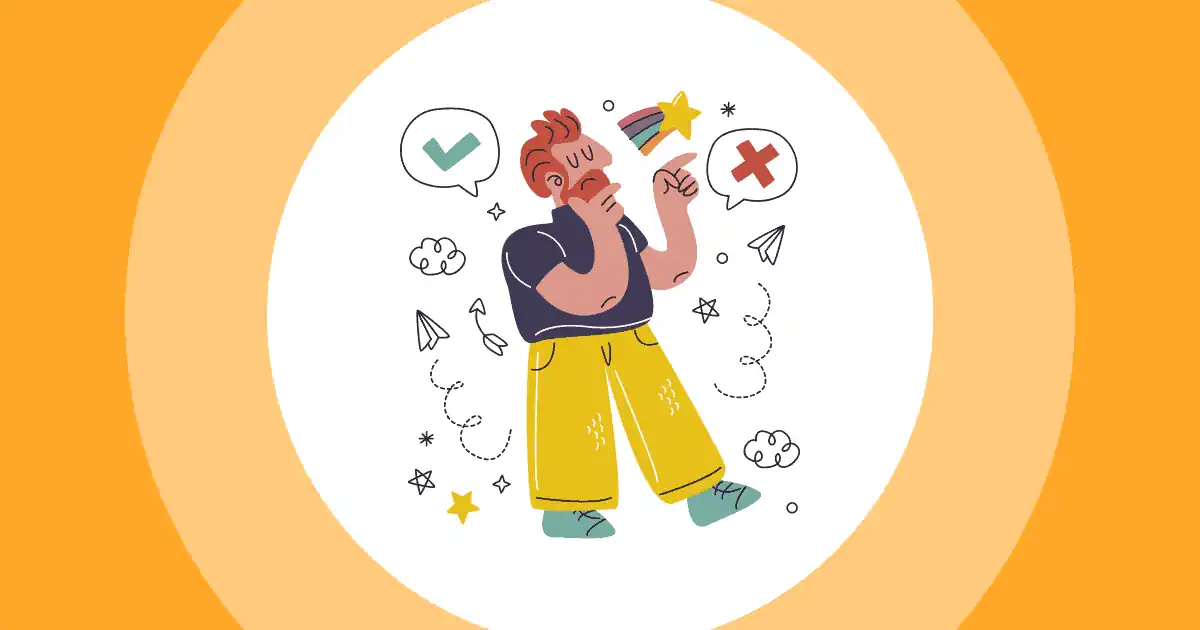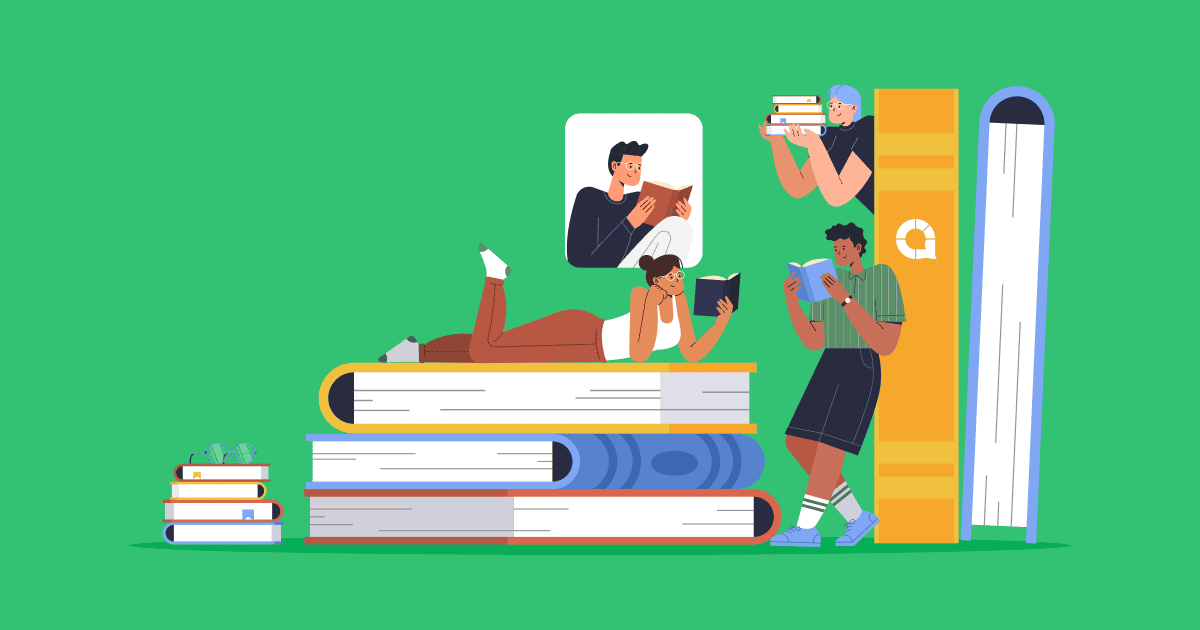You remember school, right? It's that place where rows of fatigued students face a board and get told by the teacher that they should be interested in The Taming of the Shrew.
Well, not all students are fans of Shakespeare. In fact, in all honesty, the majority of your students aren't fans of the majority of what you teach.
Though you can raise engagement in your classrooms, you can't force interest.
The sad truth is that, in their current learning environment, many of your students will never find their passion in any school curriculum.
But what if you could teach them what they wanted to learn?
What if you could uncover those passions and help students develop the skills they need to excel in them?
That's the idea behind individual learning.
What is Individualised Learning?

As the name suggests, individualised learning (or 'individualised instruction') is all about the individual.
It's not about your class, groups of students or even you - it's about taking each student as a single person, rather than part of a collective, and ensuring they're learning how they want to learn.
Individualised learning is an innovative teaching method in which each student progresses through a curriculum that has been specifically designed for them. Throughout the lesson they sit with fellow classmates but mostly work solo to complete their own set of tasks for the day.
Each lesson, as they advance through those various tasks and their personalised curriculum each lesson, the teacher doesn't teach, but offers personalised guidance for each student when they need it.
How does Individualised Learning Look in the Classroom?
If you've not seen individualised learning in action yet, you probably think it's absolute chaos.
Maybe you're picturing teachers running around the classroom trying to help 30 students on 30 different topics, students playing up while teacher's got their hands busy.
But the reality is that individualised learning often looks different. There's no cookie-cutter format.
Take this example from Quitman Street School in the U.S. Their take on individualised learning looks like a classroom of students working on individual tasks on laptops.

While on the other side of the world Templestowe College in Australia allows students to create their own courses.
This resulted in a boy from year 7 excelling at year 12 physics, several students taking up farmyard management, a student-run coffee club and a single student creating a tesla coil in a self-titled Geek Studies class. (Check out the principal's fascinating TedTalk on the whole program).
So, as long as you're putting emphasis on the individual, that individual is benefitting from individualised learning.
4 Steps to an Individualised Learning Classroom
As every program of individualised learning looks different, there's no one way to implement it in your classroom.
The steps here are general advice for how to plan multiple individual learning experiences (which is 80% of the work in this method) and how to manage it all in the classroom.
#1 - Create a Learner Profile
The learner profile is the foundation of a student's personalised curriculum.
It's basically a collection of all the student's hopes and dreams, as well as more tangible stuff like...
- Hobbies and interests
- Strengths and weaknesses
- Preferred learning method
- Prior knowledge of the subject
- Blockers to their learning
- The speed at which they can absorb and retain new information.
You can get this through a direct conversation with the student, a survey or a test. If you want to encourage a bit more fun and creativity, you can also get your students to create their own presentations, or even their own movie to share this information for the whole class.
#2 - Set Individual Goals
Once you've got this information, you and your student can work on setting their goals.
You will both regularly check on the students' progress towards these goals throughout the course, with the student ultimately deciding how that progress will be checked.
There are a few different frameworks you can suggest to your student to help them set their goals:
Make sure to keep evaluating regularly and be open with the student about their progress towards their ultimate goal.
#3 - Create Self-Run Activities for each Lesson
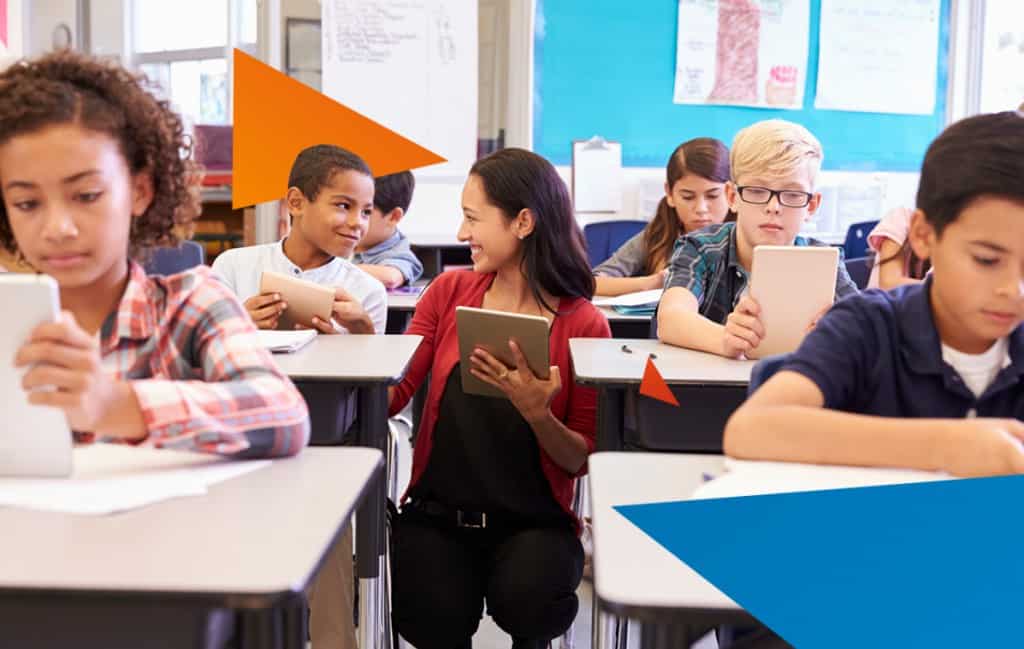
When you're planning an individualised learning lesson, you're actually planning several that will be easy enough for each student to manage largely on their own.
This is the most labour-intensive part of the individual learning method, and something you'll have to repeat for every lesson.
Here are some tips to save time:
- Find activities that a few students in your class could do at the same time. Remember that not every individualised learning plan will be 100% unique; there's always going to be some crossover for how and what to learn between multiple students.
- Create playlists of activities that fit certain learning needs. Each activity in the playlist awards a number of points when it's completed; it's the student's job to proceed through their designated playlist and earn a certain total of points before the end of the lesson. You can then reuse and reshuffle these playlists for other classes.
- You could start by focusing on one individualised learning activity for each student per lesson, and spending the rest of the lesson teaching in your traditional way. This way you can test how students react to individual learning with only minimum effort spent on your part.
- Finish with a group activity, like a team quiz. This helps bring the whole class back together for a bit of shared fun and a quick assessment of what they've just learned.
#4 - Check progress
In the early stages of your individualised teaching journey, you should check your students' progress as frequently as possible.
You want to make sure your lessons are on track and that students are actually finding value in the new method.
Remember that part of the method is to allow students to choose how they are assessed, which could be a written test, coursework, peer review, quiz or even a performance of some kind.
Settle on a marking system beforehand so students know how they will be judged. Once they're done, let them know how close or far from their self-appointed goal they are.
Pros and Cons of Individualised Learning
Pros
Increased engagement. Naturally, having students learn with personally optimal conditions is a great way to ensure they're getting the most out of their learning. They don't have to compromise; they can learn what they want how they want at a pace they want
Freedom of ownership. Having students be involved in their own curriculum gives them a tremendous sense of ownership over their own learning. That freedom to control their education and steer it down the right path is fundamentally motivating for students.
Flexibility. There's no one way that individualised learning has to be. If you don't have the capacity to create and execute individualised curricula for your whole class, you can just arrange a few student-centred activities. You might be surprised how engaged they get in the task.
Increased independence. Self-analysis is a tricky skill to teach, but the individualised classroom builds this skill up over time. Eventually, your students will be able to manage themselves, analyse themselves and determine the best way to learn faster.
Cons
There's always a limit to what can be personalised. Sure, you can personalise learning as much as possible, but if you're a maths teacher with a standard nationwide maths exam at the end of the year, you need to teach the stuff that's going to help them pass. Also, what if a few students just simply don't like maths? Personalisation can help but it's not going to change the nature of a subject some students find inherently dull.
It eats away at your time. You already have so little free time to enjoy your life, but if you subscribe to individual learning, you might have to spend a significant portion of that free time creating individual daily lessons for each student. Although the upshot is that, while students are progressing through their own learning, you might have more time during lessons to plan future lessons.
It can be lonely for students. In an individualised learning classroom, students mostly progress through their own curriculum by themselves, having little contact with the teacher and even less with their classmates, each of whom is doing their own work. This can be very boring and foster loneliness in learning, which can be catastrophic for motivation.
Get Started with Individualised Learning
Interested in giving individualised instruction a shot?
Remember that you don't have to dive fully into the model right from the start. You can always test the water with your students over just one lesson.
Here's how to do that:
- Before the lesson, send a quick survey for all students to list one goal (this doesn't have to be too specific) and one preferred method of learning.
- Create a few playlists of activities that students should be able to do largely by themselves.
- Assign those playlists to each student in class based on their preferred method of learning.
- Host a quick quiz or other kind of assignment at the end of class to see how everyone did.
- Get students to fill out a quick survey about their mini individualised learning experience!
💡 And don't forget to check out more innovative teaching methods here!

